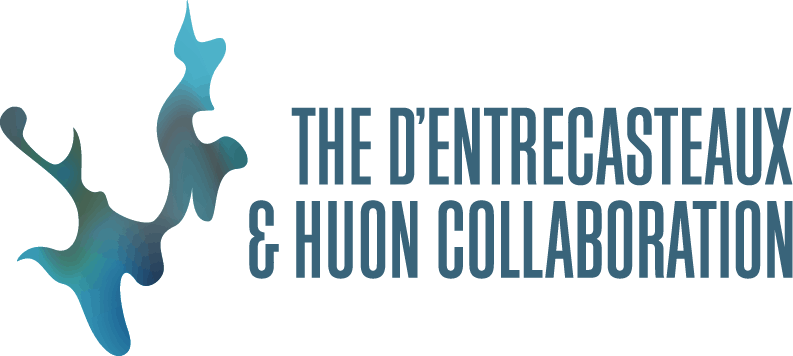COASTLINE
The waterway has a coastline of approximately 405km. Nearly 70% of the coast has a geology of low sensitivity to human disturbance, while 15% is highly sensitive to human disturbance.
The softer sensitive sites, such as beaches, are often the sites we are most attracted to.
Coastal protection activities such as plantings, fencing, surveys, and retaining banks are undertaken by a range of community interest groups such as Landcare, Coastcare, bird watchers, and the Bruny Island Environmental Network. Council partners of the Collaboration are researching coastal sensitivity around the waterway. Refer to our resources page for completed reports as they become available.
Many of these groups also participate in TasMARC, which is one way locals can track how their local natural coast facilities are changing over time.
FORESHORE
34% of the waterway’s foreshore has been cleared of native vegetation and now consists of urban and rural land or exotic vegetation. The retained native vegetation elsewhere consists primarily dry eucalypt communities, but also includes areas of saltmarsh, wetland, wet eucalypt forest, woodland, non-eucalypt forest and woodland (e.g. she-oak forests), scrub, heath and coastal complexes and native grassland.
There are few formal records showing how flora and fauna in the intertidal zone has changed.
The waterway’s coastline includes 54 wetlands and 43 saltmarshes. The tidal flats at Oyster Cove are listed on the Directory of Important Wetlands in Australia, and the Port Cygnet Conservation Area includes wetland habitat that is significant for the State. The Lutregala Marsh at the southern end of Bruny Island Neck is of particularly high conservation significance due to species-rich invertebrate communities.
Threatened species that may be spotted on the foreshore intertidal zone include:
- live-bearing seastar
- Gunn’s screw shell
- fairy tern
- the seastar Smilasterias tasmaniae

